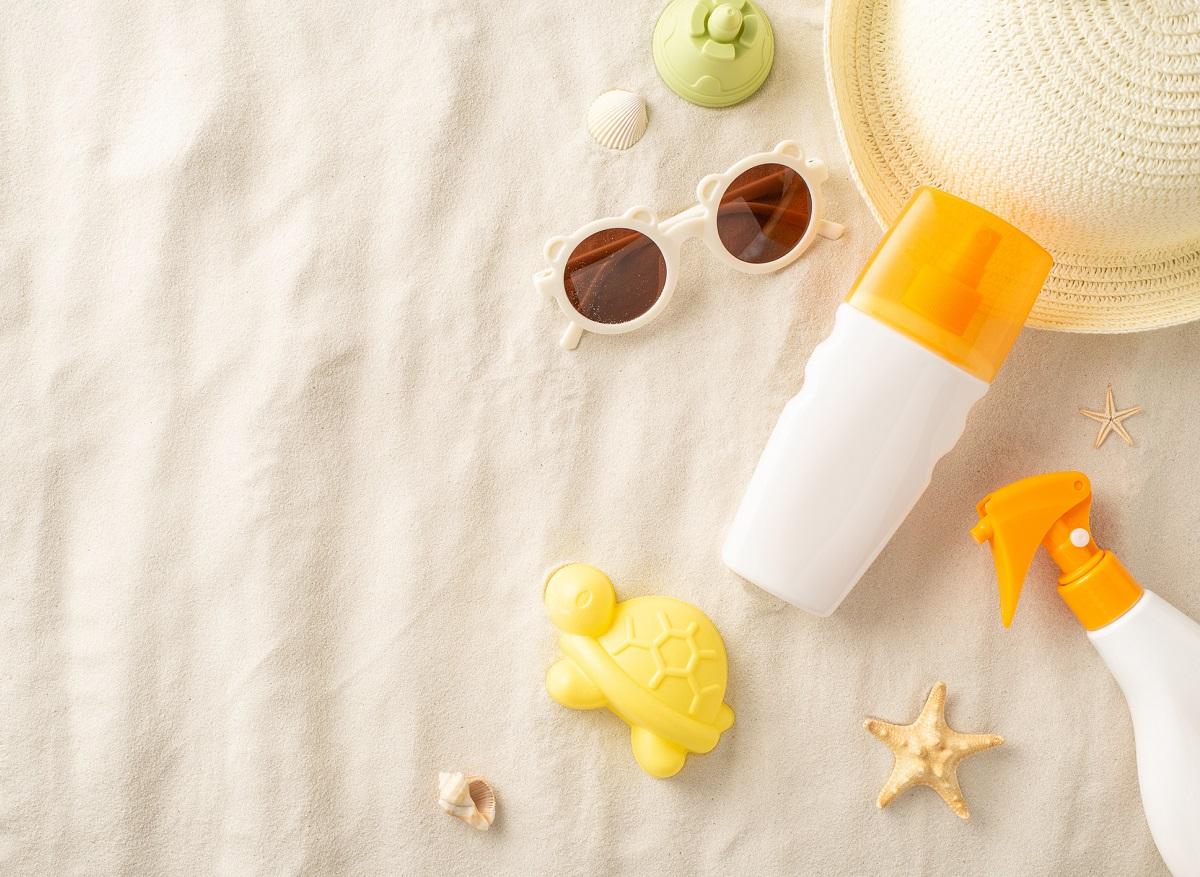
Are microplastics dangerous for the skin?
About 14,000 tons of sunscreen ends up in the ocean every year. Not such a pleasant idea, especially when you consider that many sunscreens contain microplastics that all end up on your skin and in the water. Why actually? And how do you know if there are microplastics in your sunscreen?
We know that many cosmetic products are packaged in plastic tubes, jars or bottles, and we can see and feel it immediately. It is often not clear to see that it is also in the product itself, but it does happen. Small particles of plastic are added to many care products: so-called microplastics. As small as half a millimeter, if not smaller already. It’s not surprising that you don’t feel that when you put sunscreen on your skin, for example.
Why are there microplastics in sunscreen?
According to the Dutch Cosmetics Association (NCV), microplastics have very essential functions in cosmetics. For example, the plastic particles in sunscreen products could be used to make the product waterproof. Microplastics must therefore ensure that the sunscreen stays on your skin — including the plastic itself.
How do I know if there are microplastics in my sunscreen?
Unfortunately, you won’t find much if you search for the word ‘microplastics’ on the label of your sunscreen. The ingredient list of cosmetics usually consists of difficult words and the microplastics also know a lot of them. This is a list of synonyms for plastics that may be in your sunscreen:
- Acrylates/C10-30 Alkyl Acrylate Crosspolymer
- VP/Eicosene Copolymer
- VP/Hexadecene Copolymer
- Triacontanyl PVP
- carbomer
- Dimethicone
- Acrylates/C12-22 Alkyl Methacrylate Copolymer
- Hydroxyethyl Acrylate/Sodium Acryloyldimethyl Taurate Copolymer
What can be faster is scanning an ingredient list with the Beat the Microbead app. By scanning the product with the camera on your phone, the app checks whether microplastics have indeed been used. The app uses a list of 520 types of polymers published by the European Chemicals Agency (ECHA). Polymers is a collective name for natural and synthetic materials, including plastics. So five hundred and twenty species, much more than the small list above.
Are microplastics dangerous for the ocean?
Not all microplastics pose a risk of contributing to the plastic soup due to, for example, the aforementioned 14 thousand tons of sunscreen in the sea. The NCV gives an interesting example: an ice cube has different properties than water in a glass, but it is the same chemical. It is therefore possible that there are indeed microplastics in your sunscreen, but this does not have to mean that they can also cause damage in this form.
Unfortunately, you cannot determine from the list of ingredients whether microplastics in sunscreen or other cosmetics are dangerous. The app mentioned above also assumes that all polymers are microplastics, just to be on the safe side. It therefore happens that products are wrongly labeled as a danger to the ocean. Work is underway at European level on a way to make communication about (harmless) hazardous microplastics in cosmetic products clearer.
Are microplastics dangerous for the skin?
The Dutch Cosmetics Association says about this on its website: “Human safety evaluations state that microplastics in cosmetics can be used safely. Product safety has the highest priority for the cosmetics industry. The following applies to every cosmetic product: before it is launched on the market, it has been extensively assessed for safety.” According to the association, consumers can therefore rely on the product being safe.
Cosmetic products, including sunscreens, therefore often contain microplastics. However, this does not mean that they are harmful to nature, but the communication about this is unfortunately still very unclear. Do you want to err on the side of caution? There are brands that consciously state that they do not use microplastics in their sunscreen products. Take a good look at the packaging or ask at the drugstore.















